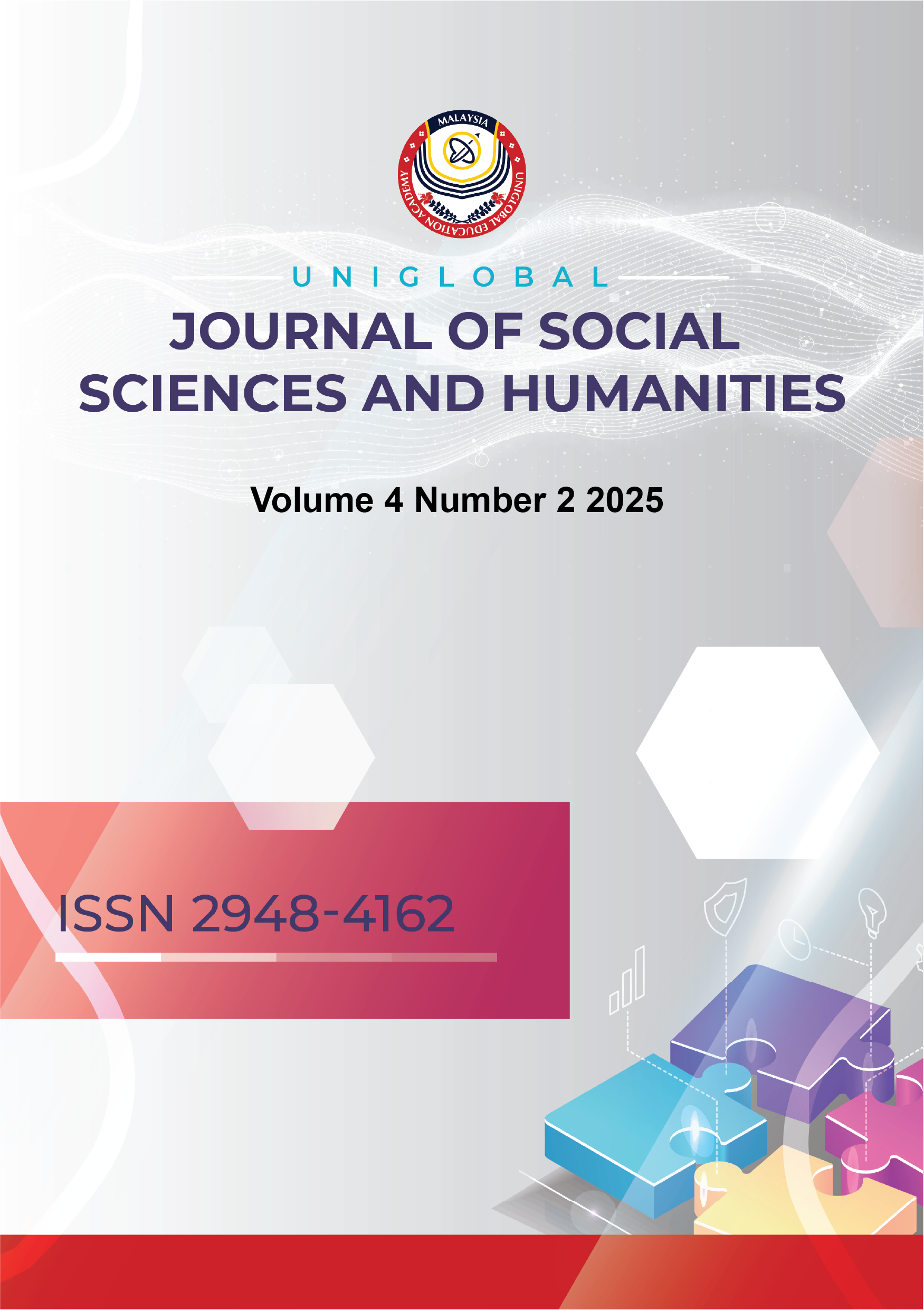Optimizing Course Design and Instructor Student Interaction for Enhanced Loyalty in Physical Education
DOI:
https://doi.org/10.53797/ujssh.v4i2.17.2025Keywords:
Student loyalty, online education, course design, instructor interaction, physical educationAbstract
This study addresses the critical need to understand factors driving student loyalty in Physical Education (PE). Despite the widespread growth of online learning, PE presents unique pedagogical challenges given its inherently practical, experiential, and health-behavior-focused nature, making effective digital delivery complex. Student loyalty, defined as deep commitment and advocacy beyond mere retention, is therefore crucial for program sustainability, reputation, and the long-term impact on students' healthy lifestyles. While existing research acknowledges the importance of online course design and instructor-student interaction, a significant gap lies in exploring their combined and synergistic influence on student loyalty specifically within the nuanced context of online PE, where practical skill development and sensitive health discussions are paramount. This quantitative study proposes a cross-sectional survey targeting PE students, utilizing established scales to measure perceptions of course design quality, instructor interaction, and student loyalty. Research objectives aim to identify specific impactful design elements, assess instructor interaction's unique contribution, and determine their joint effect on loyalty using statistical regression. Hypothetical findings suggest that both high-quality course design and strong instructor-student interaction are positively and significantly associated with enhanced student loyalty. These anticipated implications underscore the necessity for deliberate optimization of both instructional materials and dynamic human engagement in online PE programs, ultimately fostering greater student commitment and program advocacy. Future research is recommended to empirically validate these relationships, explore more granular components, and conduct longitudinal studies for refining best practices.
References
Almusawi, H. A., Durugbo, C. M., & Bugawa, A. M. (2021). Innovation in Physical Education: Teachers’ Perspectives on Readiness for Wearable Technology Integration. Computers & Education, 167, 104185. https://doi.org/10.1016/j.compedu.2021.104185
Bores-García, D., Hortigüela-Alcalá, D., Fernandez-Rio, F. J., González-Calvo, G., & Barba-Martín, R. (2021). Research on cooperative learning in physical education: Systematic review of the last five years. Research quarterly for exercise and sport, 92(1), 146-155.
Chang, K. E., Zhang, J., Huang, Y. S., Liu, T. C., & Sung, Y. T. (2020). Applying augmented reality in physical education on motor skills learning. Interactive Learning Environments, 28(6), 685-697.
Cui, J. (2023). Hybrid course model in physical education: enhancing undergraduate learning experience in a leading Chinese public university. https://doi.org/10.17760/d20621599
Demchenko, I., Maksymchuk, B., Bilan, V., Maksymchuk, I., & Kalynovska, I. (2021). Training Future Physical Education Teachers for Professional Activities under the Conditions of Inclusive Education. BRAIN. BROAD RESEARCH in ARTIFICIAL INTELLIGENCE and NEUROSCIENCE, 12(3), 191–213. https://doi.org/10.18662/brain/12.3/227
García-Rico, L., Martínez-Muñoz, L. F., Santos-Pastor, M. L., & Chiva-Bartoll, O. (2021). Service-learning in physical education teacher education: A pedagogical model towards sustainable development goals. International Journal of Sustainability in Higher Education, 22(4), 747-765. https://doi.org/10.1108/ijshe-09-2020-0325
Hinojo Lucena, F. J., Lopez Belmonte, J., Fuentes Cabrera, A., Trujillo Torres, J. M., & Pozo Sanchez, S. (2020). Academic effects of the use of flipped learning in physical education. International journal of environmental research and public health, 17(1), 276.
Jeong, H.-C., & So, W.-Y. (2020). Difficulties of Online Physical Education Classes in Middle and High School and an Efficient Operation Plan to Address Them. International Journal of Environmental Research and Public Health, 17(19), 7279. https://doi.org/10.3390/ijerph17197279
Lee, H. S., & Lee, J. (2021). Applying Artificial Intelligence in Physical Education and Future Perspectives. Sustainability, 13(1), 351. https://doi.org/10.3390/su13010351
Li, Z., & Wang, H. (2021). The effectiveness of physical education teaching in college based on Artificial intelligence methods. Journal of Intelligent & Fuzzy Systems, 40(2), 3301–3311. https://doi.org/10.3233/jifs-189370
Lubay, L. H., Shavira, A., & Putri, W. (2021). How Teachers Implement Online Physical Education Learning during Covid-19 Pandemic. TEGAR: Journal of Teaching Physical Education in Elementary School, 5(1), 34–42. https://doi.org/10.17509/tegar.v5i1.38916
Rakha, A. H. (2023). The impact of Blackboard Collaborate breakout groups on the cognitive achievement of physical education teaching styles during the COVID-19 pandemic. PLOS ONE, 18(1), e0279921. https://doi.org/10.1371/journal.pone.0279921
Smee, C., Luguetti, C., Spaaij, R., & McDonald, B. (2021). Capturing the moment: Understanding embodied interactions in early primary physical education. Physical Education and Sport Pedagogy, 26(5), 517-532.
Wang, C., Dev, R., Kim Geok Soh, Mohd, J., Yuan, Y., & Ji, X. (2023). Blended learning in physical education: A systematic review. Frontiers in Public Health, 11. https://doi.org/10.3389/fpubh.2023.1073423
Yao, H., Wang, Y., Montenegro-Marin, C. E., & Hsu, C.-H. (2021). Internet of things-based technological acceptance learning management framework for the physical education system. Technology and Health Care, 29(6), 1201–1215. https://doi.org/10.3233/thc-213001
Downloads
Published
How to Cite
Issue
Section
License
Copyright (c) 2025 Sen Zhang

This work is licensed under a Creative Commons Attribution-NonCommercial-ShareAlike 4.0 International License.



